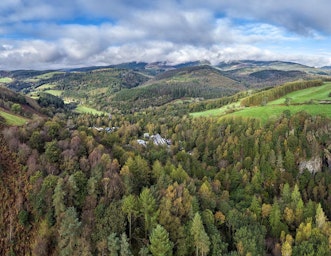
Next in our series looking at themes and topics explored by students on CAT Masters degrees, Dr Rebecca Kent introduces why we teach soil health assessment and looks at some of the main teaching methods used.
Here at CAT, teaching soil health assessment provides an opportunity for students in our Graduate School of the Environment to investigate the components of soil health and how these might be measured in the field. It introduces students to a range of soil indicators and, of course, provides an opportunity to get their hands dirty!
Soil health assessment forms a key part of our module ‘The Science of Sustainable Food Production’, which is offered to Graduate School students in several of our postgraduate degrees, particularly our Sustainable Food and Natural Resources MSc and Sustainability and Ecology MSc.
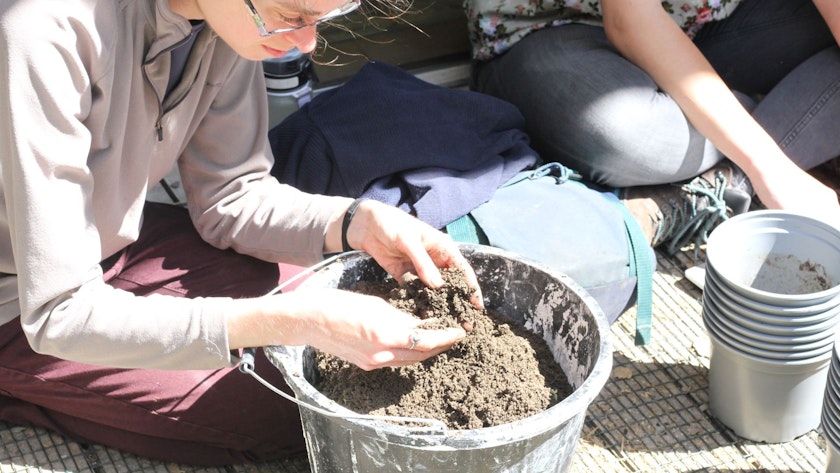
Why is the topic important?
Sustainable or regenerative agricultural practice is inevitably concerned with the condition of the soil.
Agriculture can be damaging to soils when soil structure is degraded through compaction or tillage, when nutrients are harvested without replacement, or when soil biodiversity is lost through excessive use of pesticides and fertilisers.
Given that 95% of our food comes from soils, the question of how we can produce food without degrading our soils is central to questions of food security and environmental protection.
Healthy soils are vital not only for providing an environment for crop growth, they also store carbon and purify water, are an essential component of healthy ecosystems, and help prevent flooding and drought.
What are the main aspects to consider?
Soils are a dynamic complex of mineral and organic material (living and dead). Describing and measuring their characteristics has been a preoccupation of soil scientists for many decades. As a result, there are many measures – or indicators – of soil quality that scientists and growers use.
To provide a user-friendly system of soil health assessment to farmers, researchers at the Agriculture and Horticulture Development Board (AHDB) reviewed 45 biological, chemical and physical indicators of soil health, ranging from measurements of key nutrients to calculations of pore space (very important for water availability and microbial life). They then narrowed the list down to nine measures to include on a ‘scorecard’ that farmers could easily use to track the state of their soil and assess the impact of different practices.
This scorecard provides us with an opportunity to engage students in a critical discussion of how and why we select indicators for environmental variables. Students then practice using some of these methods in the field.
What are the teaching methods?
When we teach students about soil health assessment, we practice three field methods to assess soil structure, biological activity and chemistry.
These involve a visual assessment of soil structure (known by the acronym VESS), earthworm counts, and pH testing. In addition, we use a ‘feel’ test to assess the soil texture: whether it is clay, loam, or sandy soil.
When teaching soil health assessment, students go out onto the CAT site and identify areas where they might expect to find different soil conditions. For example, in the CAT vegetable beds, under trees in woodlands, or in the wildflower meadow. This encourages them to think about the factors that influence soil development, and they then work through the various tests.
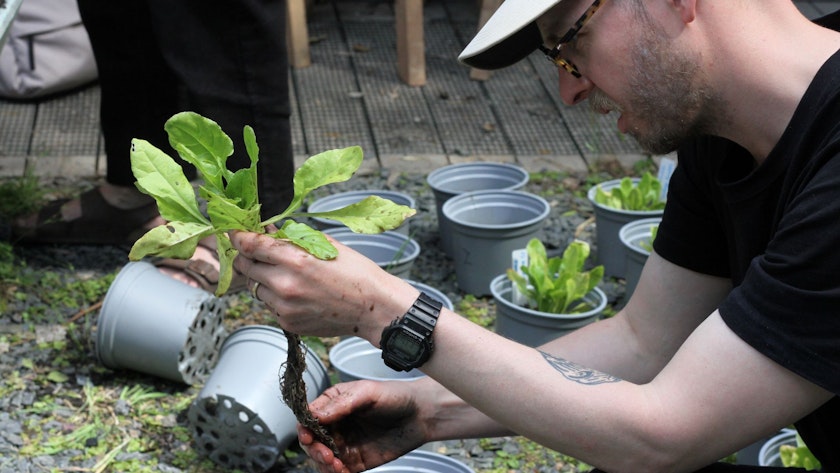
How do students use this learning?
Students use their increased knowledge about soil health indicators when they research and review farming and land use methods. For example, in our ‘Ecosystem Services’ module students conduct experiments on the impact of soil additives such as biochar on crop development.
These practical skills can also be used in their dissertations or if they take up roles in agriculture or as expert advisors.
One example of a CAT student who investigated soil health further in their dissertation was Ffion Thomas. Ffion’s dissertation title – ‘Does growing crops in soil amended with biochar reduce pest and pathogen damage and alter crop growth?’ – led to further research in the topic through a PhD. Ffion is now researching sustainable approaches to managing ash dieback disease using soil amendments such as biochar and exploring the role soil health plays in tree health, at the Centre for Agroecology, Water and Resilience at Coventry University.
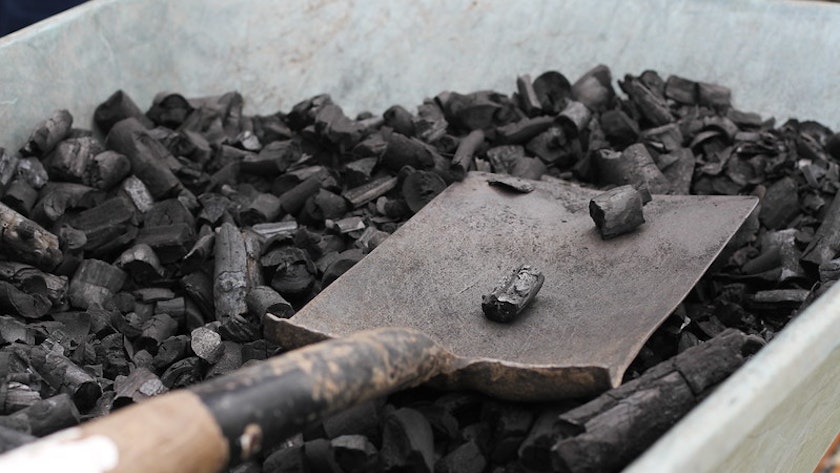
More recently, MSc Sustainable Food and Natural Resources students have completed dissertations looking at the impact of winter cover crops on soil properties including analysing soil moisture and drought tolerance.
About the author
Dr Rebecca Kent is the Programme Leader of CAT’s MSc in Sustainable Food and Natural Resources. Rebecca previously studied soil erosion in Jamaica and more recently she has conducted research in the areas of rural development, food security and environmental management. She has taught at a number of UK universities.
Study with us
Find out more about CAT Masters degrees, join an upcoming on-site or virtual open day, and explore what funding might be available to you – visit our Graduate School web pages or contact Alis here or on +44 (0)1654 705953.
- Graduate School
- Gardening and Agriculture
- Nature and Wildlife
- News Feed
Related Topics
Related Pages
Related events


On-site Open Day: MArch Sustainable Architecture course
27th June 2025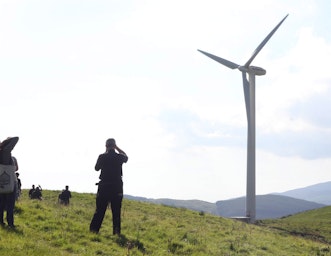
Transformational International Energy Management
30th June 2025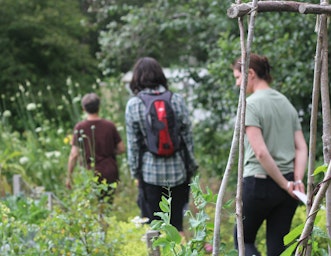
The Science of Sustainable Food Production (Sold out)
30th June 2025GRADUATE SCHOOL OF THE ENVIRONMENT
ACT NOW FOR A SUSTAINABLE FUTURE
Learn more about our exciting postgraduate courses and sign up for our emails to stay up-to-date on all the latest.
